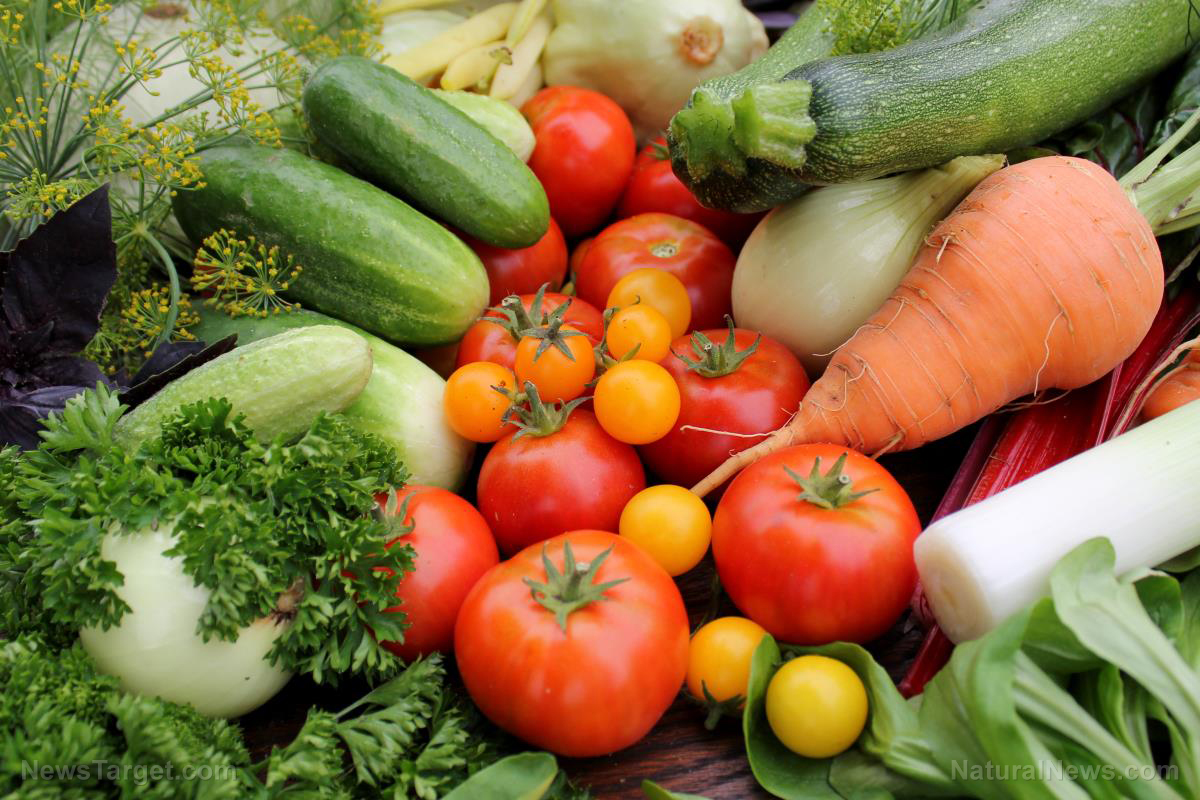
Finn, who lectures on food, culture and class at the University of Michigan, believes that food trends, in general, are a way to measure disparity in the socio-economic statuses of people, and are an expression of class anxiety.
While researching her book, Finn became convinced that the reason people make healthier choices, including choosing to purchase organic products, largely revolves around status.
She draws parallels between our time and what is known as “the Gilded Age” – the period from 1880 to 1920 when the wealthy were famous for their elaborate dinner parties, obsession with being skinny, increasing inclusion of foreign cuisines, and emphasis on “clean,” natural foods.
Finn’s theory is that in our time people are simply trying to differentiate and elevate themselves above others through their food choices. But is this really the reason that Americans are spending billions annually on organic food options?
While it is true that organic choices can sometimes be more costly, the truth is that the average consumer has simply become more educated in the last two decades about the merits of choosing clean, non-toxic foods for their families. Let’s consider some reasons why organic is just better.
By the time a food is certified as organic, the farmer has had to jump through a tremendous number of hoops to prove that it truly meets the standards for such certification. For one thing, not a single harmful chemical can have come into contact with the soil for three full years before the produce is planted in it. The farm is then inspected on an annual basis to ensure that it still meets the necessary requirements, and detailed records have to be kept regarding every aspect of the farm’s activities. Fertilization and pest control both have to be handled in an ecologically friendly and organic manner, and soil and water have to be tested regularly to maintain purity.
Conventional farming, on the other hand, offers no such guarantees. There are over 600 chemicals that are actively used in American agriculture, and produce is saturated in billions of pounds of it. Over 90 percent of these chemicals have never been tested to determine their long-term health effects.
Of the 25 pesticides most commonly used by farmers in the U.S., 18 are known to cause skin, lung and eye irritation, 17 cause genetic damage, 11 can cause cancer, 10 affect reproduction, and five can damage the nervous system. The Food and Drug Administration (FDA) only tests one percent of crops to check for pesticide residue.
While increased consumption of fruit and veggies is clearly associated with improved health, when it comes to conventional vs. organic, an apple is certainly not just an apple. After reviewing 41 reputable studies comparing the nutritional profiles of organic vs. conventional fresh produce, the Journal of Alternative and Complementary Medicine concluded that organic produce was distinctly superior. On average, organic foods provide 29.3 percent more magnesium, 27 percent more vitamin C, 21 percent more iron and 13.6 percent more phosphorous than conventionally grown crops.
The flavor of a food is also directly related to the quality of the soil it's grown in, which means organic wins hands down in the taste stakes.
Then there’s the issue of the hormones and antibiotics routinely given to agricultural animals for non-medical reasons, simply to prevent disease and speed up the growth of the animals. Consumers who do not eat organic, free-range meat, eggs and dairy are consuming those endocrine-disrupting hormones and superbug-causing antibiotics with every bite.
So, while choosing organic might simply be a snobby fad for some people, the vast majority of savvy consumers who are moving away from conventionally-farmed meat and fresh produce have sound reasons for doing so.
Sources:
Please contact us for more information.























